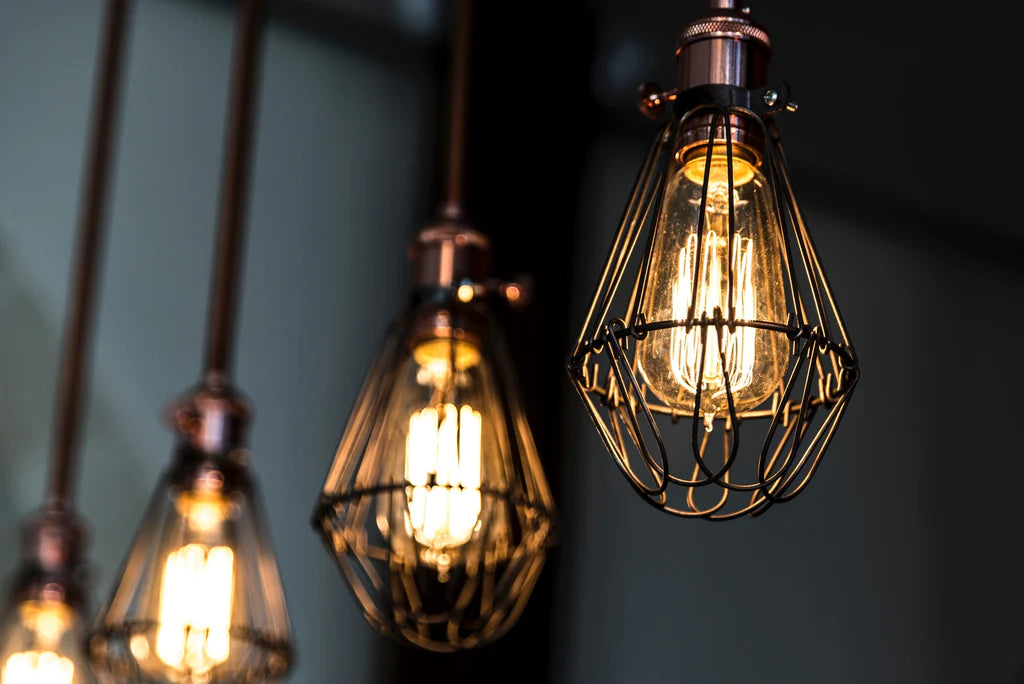Introduction
LED bulbs have transformed the lighting business with their high energy efficiency and long lifespan. However, selecting the correct LED bulb can be difficult, particularly when considering wattage, brightness, and energy usage. In this post, we will look at the notion of an LED wattage calculator, its importance, and how it may help you make informed selections when choosing LED bulbs.
I. What is an LED Wattage Calculator?
An LED wattage calculator is a tool that helps people determine the proper wattage for an LED bulb depending on the desired brightness or lumen output. It provides precise recommendations based on space size, lighting requirements, and personal preferences.

LED wattage calculators are especially useful because LED bulbs demand different wattages than standard incandescent bulbs. LED technology is more energy-efficient, which means it can provide the same amount of light with a lot less power. As a result, using an LED wattage calculator is critical to ensuring that you select LED bulbs that match your lighting requirements while consuming the least amount of energy.
By entering information such as the desired lumen output or room dimensions into the LED wattage calculator, it calculates the watts required for the LED bulb to reach the desired brightness. This allows people to make more educated decisions when choosing LED bulbs, ensuring they get the proper amount of light while maximizing energy efficiency and cost savings.
Overall, an LED wattage calculator makes it easier to select the proper LED bulbs by providing exact wattage recommendations depending on desired brightness, making it a must-have tool for improving energy economy in lighting applications.
II. Why Should You Use an LED Wattage Calculator?
Using an LED wattage calculator offers several advantages when selecting LED bulbs. Here are the key reasons why you should utilize an LED wattage calculator:
1. Environmental Impact: LED lights have a less environmental footprint than traditional lighting. They require less energy, which reduces greenhouse gas emissions and dependency on fossil fuels. Using an LED wattage calculator to select lights with the maximum energy efficiency contributes to a greener, more sustainable future.
2. Proper Lighting Levels: LED wattage calculators will help you get the desired brightness level in your region. By entering parameters such as room size and lighting requirements, the calculator proposes the best wattage to achieve the necessary illumination. This helps you to avoid over- or under-lighting, resulting in a pleasant and visually appealing environment.
3. Environmental Impact: LED bulbs have a lower environmental imprint than traditional lighting. They utilize less energy, lowering greenhouse gas emissions and the reliance on fossil fuels. Using an LED wattage calculator to select bulbs with the highest energy efficiency helps to create a greener and more sustainable future.
4. Proper Lighting Levels: LED wattage calculators will assist you attain the brightness level you want in your location. By entering information such as room size and lighting requirements, the calculator recommends the optimum wattage to produce the desired illumination. This allows you to avoid over- or under-lighting, resulting in a comfortable and visually appealing atmosphere.
5. Simpler Decision-Making: With so many different LED bulbs available, it might be difficult to choose the appropriate one. LED wattage calculators make the decision-making process easier by providing specific wattage estimates based on your lighting requirements. This means that you can choose the best LED bulbs without uncertainty.
To summarize, using an LED wattage calculator is critical for making informed selections when choosing LED bulbs. It encourages energy efficiency, financial savings, and environmental responsibility while also assisting you in achieving the appropriate lighting levels in your space. Using an LED wattage calculator, you can select the appropriate LED bulbs to satisfy your lighting needs, improve energy efficiency, and contribute to a sustainable future.
III. How to Use an LED Wattage Calculator:
- .Determine required Brightness: Think about the required amount of brightness for the location where the LED bulb will be mounted. This varies depending on the space's role and personal preferences.
- Investigate LED Bulb Options: Examine several LED bulb models and their corresponding lumen outputs. Manufacturers often include lumen information on bulb packaging or product specs.
- Enter Information into the Calculator: Use the LED wattage calculator to enter the desired lumen output. The calculator will recommend LED bulbs with the necessary wattage to attain the desired brightness level.
IV. Additional Considerations:
- Color Temperature: The color temperature of the LED bulb influences the perceived warmth or coolness of the light emitted. Select a color temperature that complements the ambiance and mood of the room.
2. Dimmability: If you want dimmable illumination, be sure your LED bulb is compatible with dimmer switches. Not all LED bulbs are dimmable; thus, check the product specs for compatibility.
Ⅴ Conclusion
An LED wattage calculator is a useful tool for picking the best LED bulbs for your lighting needs. LED lights provide various benefits, including increased energy efficiency, cost savings, and less environmental impact. Use an LED wattage calculator to find the proper wattage and make informed selections when selecting LED bulbs. Enjoy the advantages of energy-efficient lighting while creating the desired atmosphere and lowering your environmental impact.

